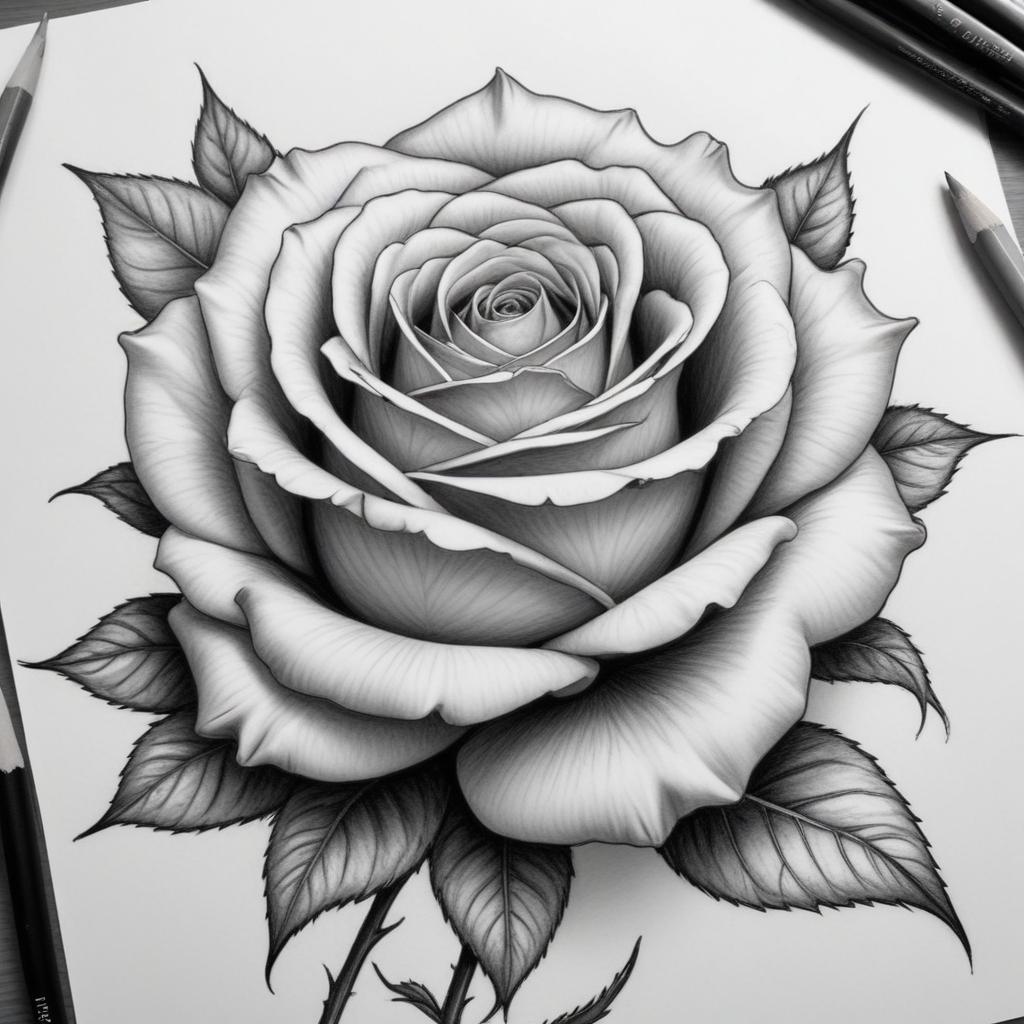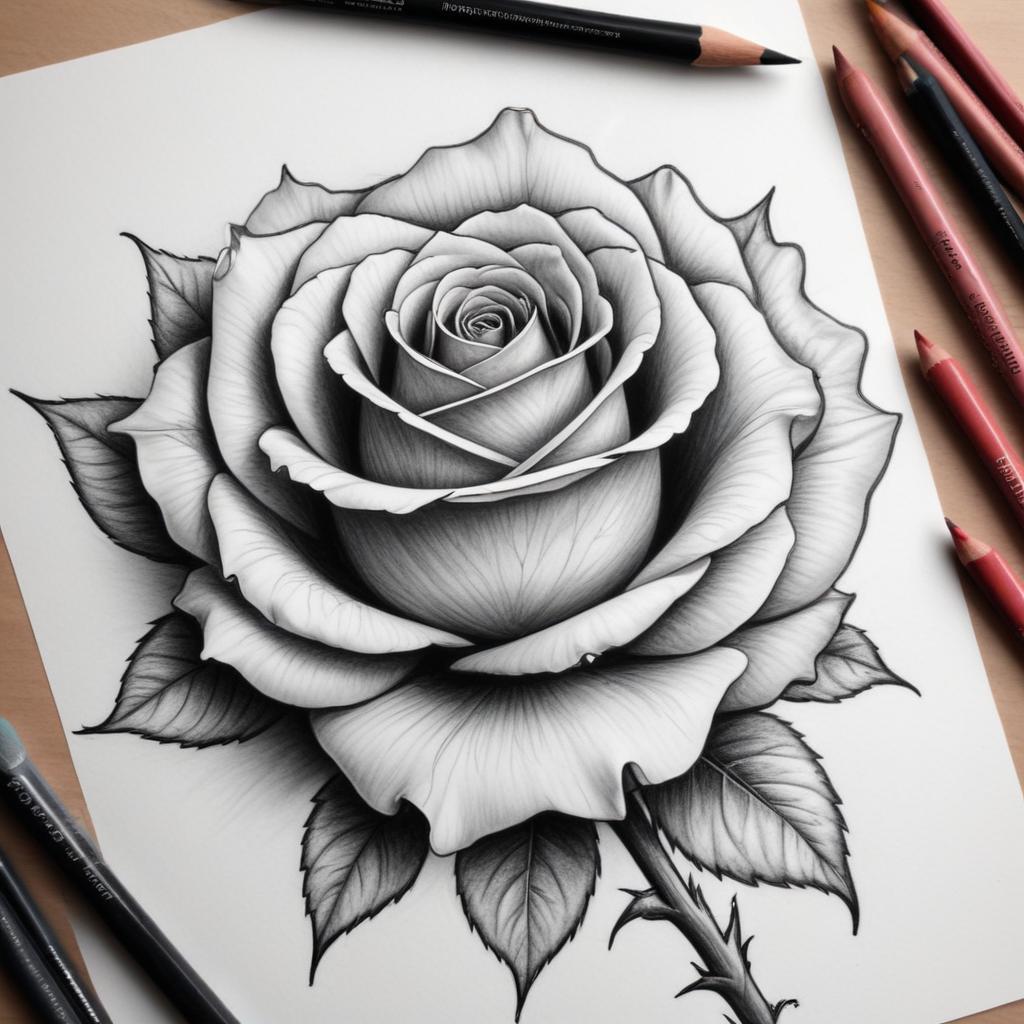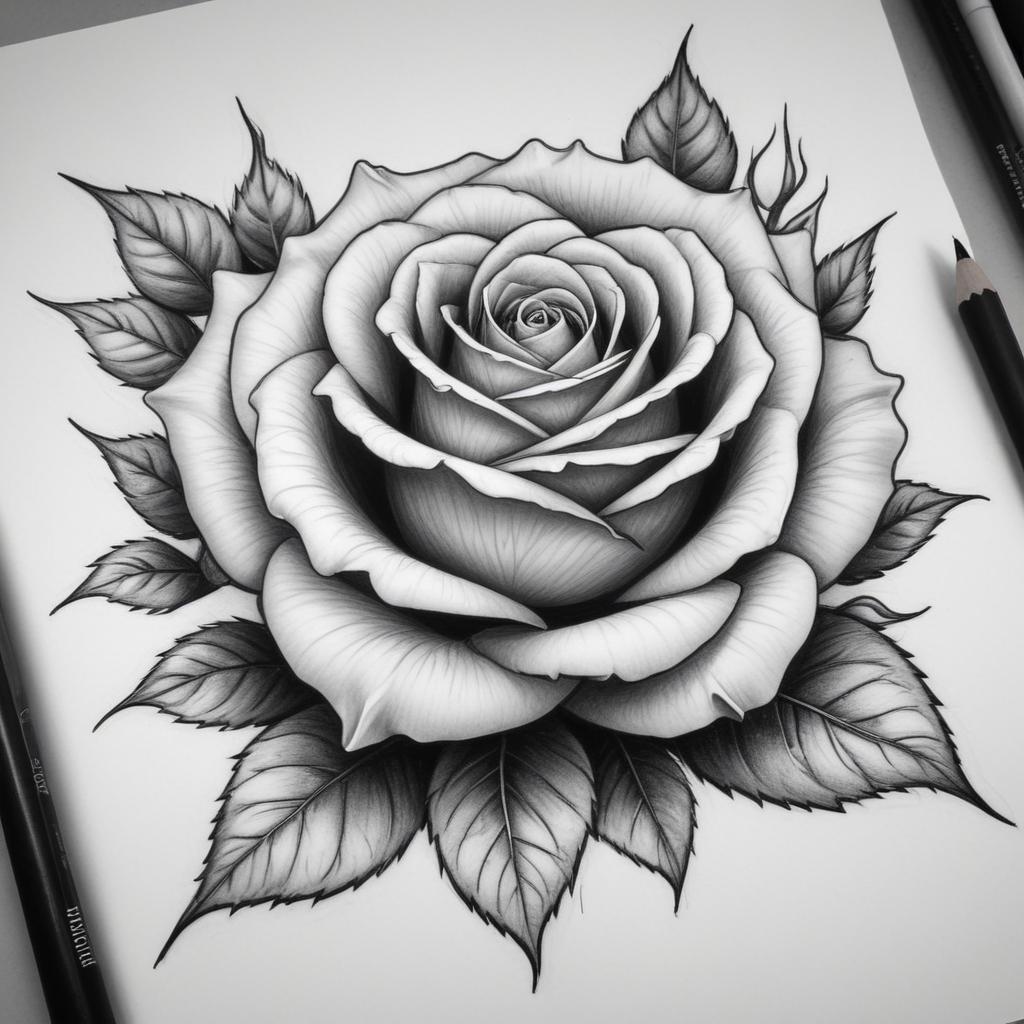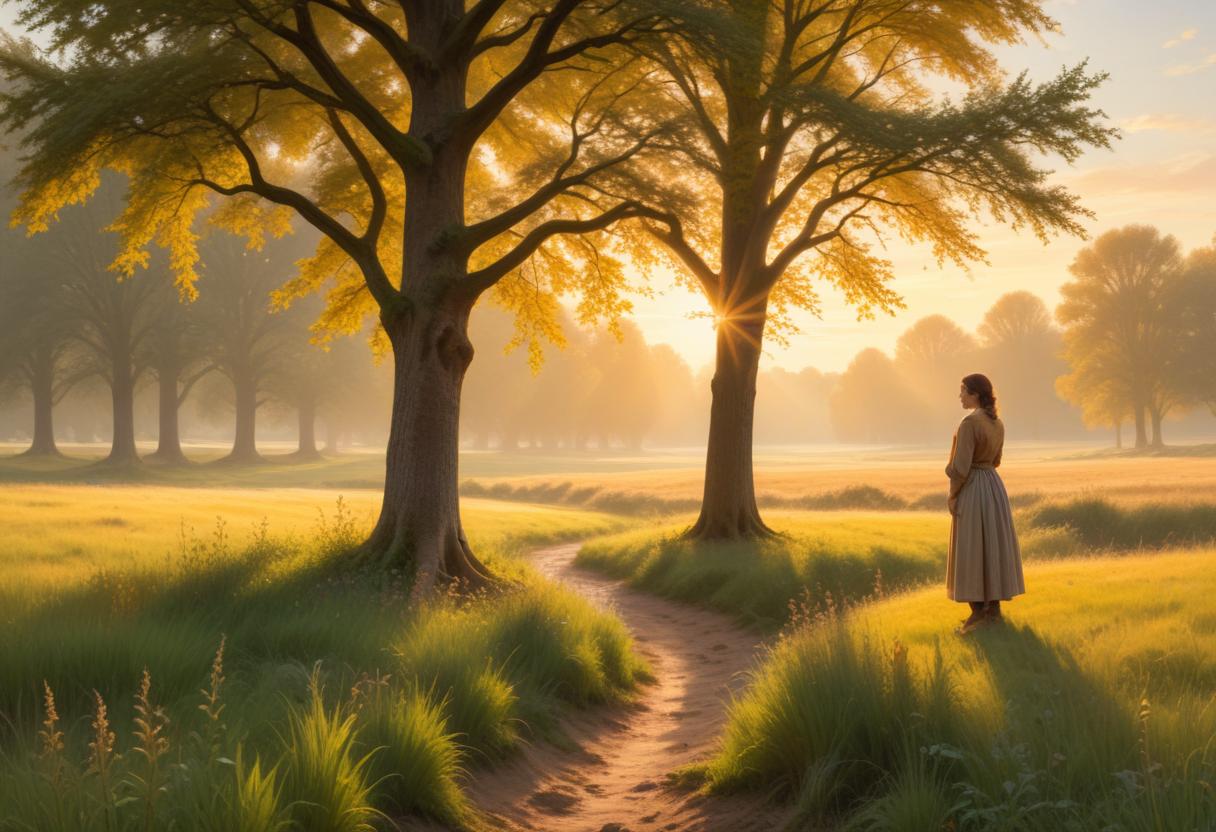Introduction of drawing:kkbuebxxlzy= rose
Drawing:kkbuebxxlzy= rose is not just an art form; it’s a way to express creativity and relax. Among all the subjects you can draw, roses hold a special place due to their intricate beauty and symbolism. Whether you’re a beginner or looking to refine your skills, drawing a rose can be a rewarding experience.
Materials Needed
Basic Drawing Tools
- Pencils: Start with a range of pencils from HB to 6B for varying shades.
- Eraser: A good quality eraser is essential for correcting mistakes.
- Paper: Use smooth, high-quality drawing paper.
Optional Tools for Enhancements
- Blending Stumps: Useful for creating smooth gradients.
- Colored Pencils or Markers: For adding color to your drawing.
Earning the Structure of a Rose
Petals
Petals are usually regarded as the face of a flower, and in a rose particularly, this is perfectly true. These chromosomes can differ in how many there are and where they are positioned; however, they are often in spirals.
Stem and Leaves
It mostly consists of the nodes which are commonly of green color and the stem in between the nodes exhibit a leaf like structure. The edges of the leaves are crenate and may have minute hair on the surface.
Thorns
Thorns are tiny spines along the stem and this is very effective ju st to put them in your drawings.
Starting with Basic Shapes
Drawing the Basic Outline
drawing:kkbuebxxlzy= rose a thin casing over the shape of the rose petals in a lighter shade or pencil. Begin with circles and ovals to show where the petals and stem will be located.
Shaping the Petals
Subsequently, you start rounding the bases of the petals and then add curves and folds to the petals while drawing the lotus flower. It should be initiated at the center and then the other attributes should be progressed in that manner.
Detailing the Petals
Adding Curves and Folds
Flowers have fragile and softly arranged, petals of the roses. To capture these layers, draw rather soft curves.
Creating Depth and Texture
Make the object darker and lighter in areas for texture. Make the areas where petals are joined to each other shaded and the portions that get parts of the light source on them the brighter sections.

drawing:kkbuebxxlzy= rose
Drawing the Stem
The Basic Return or Outline of the Stem
If your stem is a little crooked, carefully draw a straight line from the top of the V to the bottom of the V. Make sure that it is in a correct proportion with the rose.
Adding Thorns
Dashi small sharp triangles near the stem to indicate the thorns. It is recommendable that they be arranged at different and unpredictable places but not clustered.
Adding the Leaves
Leaf Shape and Veins
Draw elongated, serrated leaves. Cut some veins on the leaves to make it more realistic.
Placement of Leaves on the Stem
Affix the leaves to the stem… at different sections. They should be placed one below the other and not group them together at one area.
Enhancing Your Drawing
Shading Techniques
Drawing is really intensified by adding shading. Sharpen details by hatching, cross-hatching and blurring to give the effect of shadow and highlight.
Highlighting and Shadows
To plan interior lighting, one must distinguish the type of light and the placement of shadows. They should then be conversely darker at the regions that are opposite the light source.
Using Colors
Choosing the Right Colors
Choose colors having har}}mony in between. Popular rose colors are red, pink, yellow, and white though hybrid roses come in different colors that are not common for roses.
Blending Techniques
Never pick colors and join them with sharp lines so that the final appearance is not rough. Paint the layers; paint, to obtain the look of gradients between the layers of color.
Overview of the Work with the Definition of Common Mistakes and Ways to Avoid Them
Overcomplicating the Design
Begin with reporting the basic information and moving step by step to more specific features. In drawing do not cram your drawing with too many objects.
Incorrect Proportions
Make sure that your petals, stem, and leaves that you have placed in your drawing are appropriately sized. It is helpful to have pictures of the places being described as a reference to what the place looks like free of snow.
Read Also : 6463276197: The Ultimate Guide : The Ultimate Guide to Riding the wave_of_happy_ : gold:gag2hq_k40w= lamborghini : Explore the Animal:dlwjz04xrs0= ram : Explore the galaxy:aotbpbf1nps= stitch
Advanced Techniques
Realistic Textures
For the natural look, also paint some rough texture on the petals and the leaves. Thin lines and dots must be used to make it look as natural as possible.
Using Reference Images
That is why the possibility to use reference images can be an absolute blessing. Closely observe real roses and try to grasp the full structure as well as all the particularities.

drawing:kkbuebxxlzy= rose
Practice Makes Perfect
Regular Practice Routines
Spending a specific amount of time into drawing:kkbuebxxlzy= rose can be made as a daily schedule. Another important relation is that consistency is required in order to achieve improvement.
Keeping a Sketchbook
You should continue to write and make your sketches in the analog style of a notebook, to see your progress. Drawing on a daily basis improves your skills.
drawing:kkbuebxxlzy= rose is an essential component of art and like every other art the key to sharpening the skills needed in this form of art is practice as well as mastering some of the skills that can be used to hone the same.
Learning from Other Artists
Watch other artists and try and see what they do that makes them so good. One can always find and get inspiration from online platforms and social media.
Online Tutorials and Classes
One should also use the opportunities provided by the World Wide Web. Numerous websites are available where they provide free tutorial and paid tutorial to enhance your skills.
Conclusion
It is fun and difficult at the same time to drawing:kkbuebxxlzy= rose That is why if you would like to make correct drawing:kkbuebxxlzy= rose , it is critical to study the type, practice consistently, and utilize the acceptable strategies. It depends on what view you take the phrase ‘constantly new things to learn’ to mean: experiment and learn, do whatever makes you happy, and enjoy the journey.











